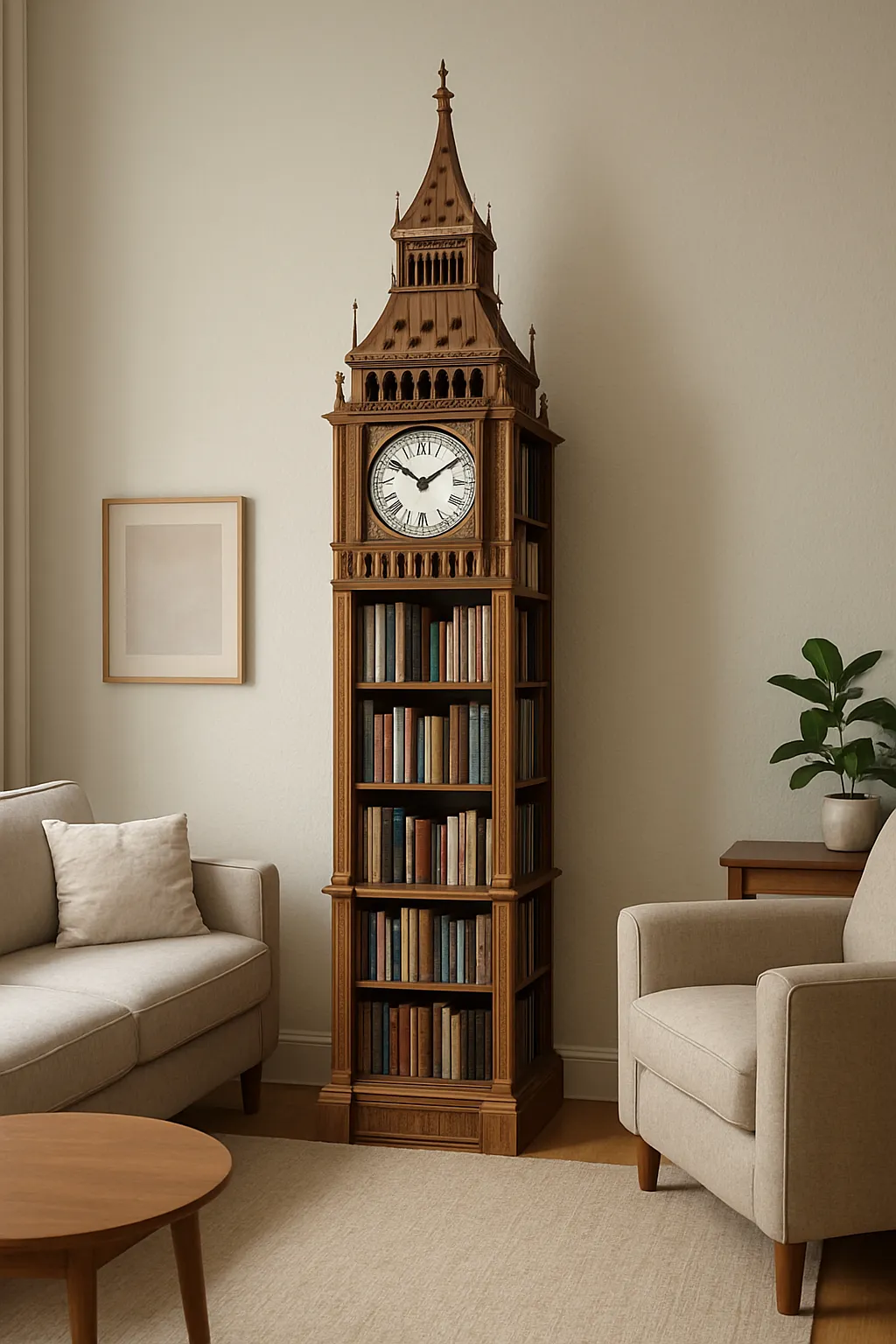Clothing
- Lightweight waterproof jacket with hood — Spring brings light rain; a packable shell keeps you dry and blocks wind.
- Compact travel umbrella — Sudden showers are common; small enough for daypack.
- Light sweater or cardigan — Layers for cool mornings/evenings and air-conditioned interiors.
- 1–2 long-sleeve breathable shirts — Comfortable for walking and modest for temples/shrines.
- 3–4 short-sleeve tops — For warmer midday temps; quick-dry helps with light drizzle.
- 2 pairs of comfortable pants (chinos/jeans) — Versatile for sightseeing and casual dining.
- 1 pair lightweight, quick-dry travel pants — Dry fast if caught in rain; comfortable for long walks.
- 1 casual dress or smart outfit (each) — For nicer dinners; Tokyo dress codes are neat and modest.
- 1–2 base layers (thin thermal tops) — For unexpectedly cool days or windy evenings.
- 1 light scarf — Adds warmth, modesty for religious sites, and style.
- Underwear and socks for 7–8 days (plus 1 extra) — Enough without needing laundry; include moisture-wicking socks for walking.
- Sleepwear — For comfort; hotel rooms can be cool with A/C.
- Compact packable tote or foldable daypack — Useful for shopping and carrying layers.
Footwear
- Comfortable waterproof walking shoes/sneakers — You’ll be on your feet all day; waterproofing for rain and puddles.
- Slip-on flats or casual shoes (each) — Polished option for dining; easy on/off if shoes are removed at venues.
- Cushioned insoles and extra socks — Prevent soreness and blisters during long city walks.
- Blister care (moleskin/gel pads) — Quick relief if hotspots develop.
Personal Care
- Travel-size toiletries (toothbrush/paste, deodorant, shampoo/conditioner, body wash) — Hotels often provide basics but your own ensures comfort.
- Moisturizer and lip balm — Spring wind and A/C can be drying.
- Sunscreen (broad-spectrum, SPF 30+) — UV can be strong even on cool, cloudy days.
- Hand sanitizer and travel tissues — Many restrooms provide excellent facilities, but tissues are handy if paper towels aren’t available.
- Makeup and grooming kit — Keep your usual routine while traveling.
- Small laundry kit (sink stopper, travel detergent, clothesline) — For quick washes, especially socks/underwear after rainy days.
Health & Safety
- Personal medications in original containers — Bring enough for the entire trip plus 2–3 extra days; include a medication list.
- Basic first-aid kit (bandages, antiseptic wipes, pain reliever, antihistamine, motion-sickness tabs) — For minor issues without hunting for a pharmacy.
- Rehydration salts/electrolyte packets — Helpful after long walking days.
- Masks (optional) — Common courtesy if you feel unwell; culturally accepted.
- Small pack of wet wipes — Freshen up after street food or rain.
- Compact reusable water bottle — Stay hydrated; fill at hotel or cafes.
Documents & Essentials
- Passports (valid 6+ months) — Entry requirement.
- Printed and digital copies of itinerary, hotel bookings, and flight details — Easy reference if Wi‑Fi is spotty.
- Japan entry details (e.g., Visit Japan Web QR if applicable) — Streamlines arrival procedures.
- Travel insurance info and emergency contacts — For peace of mind.
- Credit/debit cards with travel notice set — Cards widely accepted; notify bank to avoid blocks.
- Some cash (yen) — Useful for smaller shops, shrines, and local markets.
- IC transit cards (Suica/PASMO; physical or mobile) — Convenient tap-in for trains/buses and small purchases.
- International driver’s permit (only if renting a car) — Legal requirement for driving.
- Small pen — For forms and quick notes.
- Compact card wallet or neck pouch — Keeps essentials secure in crowds.
Electronics
- Unlocked smartphones — Maps, translations, mobile payments.
- Portable power bank and charging cables — All-day sightseeing drains batteries.
- Japan-compatible plug adapter (Type A/B; 100V) — Ensure chargers fit; most modern chargers handle 100–240V.
- Noise-isolating earbuds/headphones — For flights and trains.
- Camera (optional) with extra battery and memory card — Capture cityscapes and night shots.
- E-reader or tablet — Reading on flights and quiet evenings.
Entertainment/Comfort Items
- Lightweight travel guide notes or saved Google Maps lists — Quick access to must-see spots and restaurants.
- Small notebook and pen — Jot memories, addresses, and shopping lists.
- Snacks that are not seafood-based — Handy between meals while avoiding seafood.
- Compact reusable shopping bag — Useful in stores; eco-friendly and often expected.
Destination-Specific Gear
- Etiquette socks (clean, intact) — Shoes may be removed in some restaurants, temples, and fitting rooms.
- Temple/shrine coin pouch — For small offerings and omikuji.
- Phrase app or pocket phrase list — Polite greetings and dining phrases (including “no seafood”) are appreciated.
- Allergy/avoidance card in Japanese stating “No seafood or fish products” — Show at restaurants to avoid miscommunication.
- Light rain cover for daypack — Keeps purchases and electronics dry.
- Suction-hook or travel hangers — Useful for air-drying layers in compact hotel bathrooms.
Dining with No Seafood
- Printed Japanese cards: “I cannot eat seafood or fish products” and “Please recommend dishes without seafood/fish stock” — Many broths (dashi) contain fish; these cards help ensure truly seafood-free meals.
- Short list of seafood-free Japanese dishes to look for: vegetable tempura, curry rice (no katsu if fried in shared oil), plain udon/soba with mushroom or vegetable broth specifically without dashi, onigiri with umeboshi or kombu (confirm no bonito), tamago dishes (confirm broth), tofu dishes (ask about dashi), yakiniku (grilled meats) where you control sauces.
- Translation app with offline pack — Clarify ingredients where needed.
Miscellaneous
- Copies of passports and cards, stored separately — Backup if originals are lost.
- Small combination lock — Secure luggage or daypack zippers in crowds.
- Zip-top bags and dry sack — Protect electronics in rain; store receipts or snacks.
- Lint roller and stain wipes — Keep outfits neat for photos and dinners.
- Sewing kit and safety pins — Quick fixes for loose buttons or hems.
- Deodorizing sachets — Helps shoes/clothes after rainy days.
- Postcards or small gifts from home — Thoughtful if meeting friends/hosts.
Packing strategy and outfits
- Plan 3–4 mix-and-match outfits in neutral tones; layer with the sweater/scarf and the waterproof jacket.
- Wear the bulkiest shoes on the plane; pack the dressier pair.
- Roll clothes, use packing cubes, and keep a rain kit (jacket/umbrella, pack cover) at the top of your daypack.
Reminders before you go
- Check weather 48 hours prior and add/remove a warmer layer or swap one short-sleeve for a long-sleeve as needed.
- Set up mobile payment and transit cards (Mobile Suica/PASMO) if your phones support it.
- Make restaurant notes that accommodate “no seafood,” especially for popular spots requiring reservations.
Have a wonderful week in Tokyo—cozy, dry, comfortable, and fully prepared for spontaneous adventures and romantic dinners.
Inputs used
Destination
Tokyo, JapanTrip_Duration
7 daysSeason_Weather
Spring, cool weather with occasional light rain71.73
Thoughtful Travel Packing List
1 sample run
169 words
Verified
Private
71.73
Prompt body









